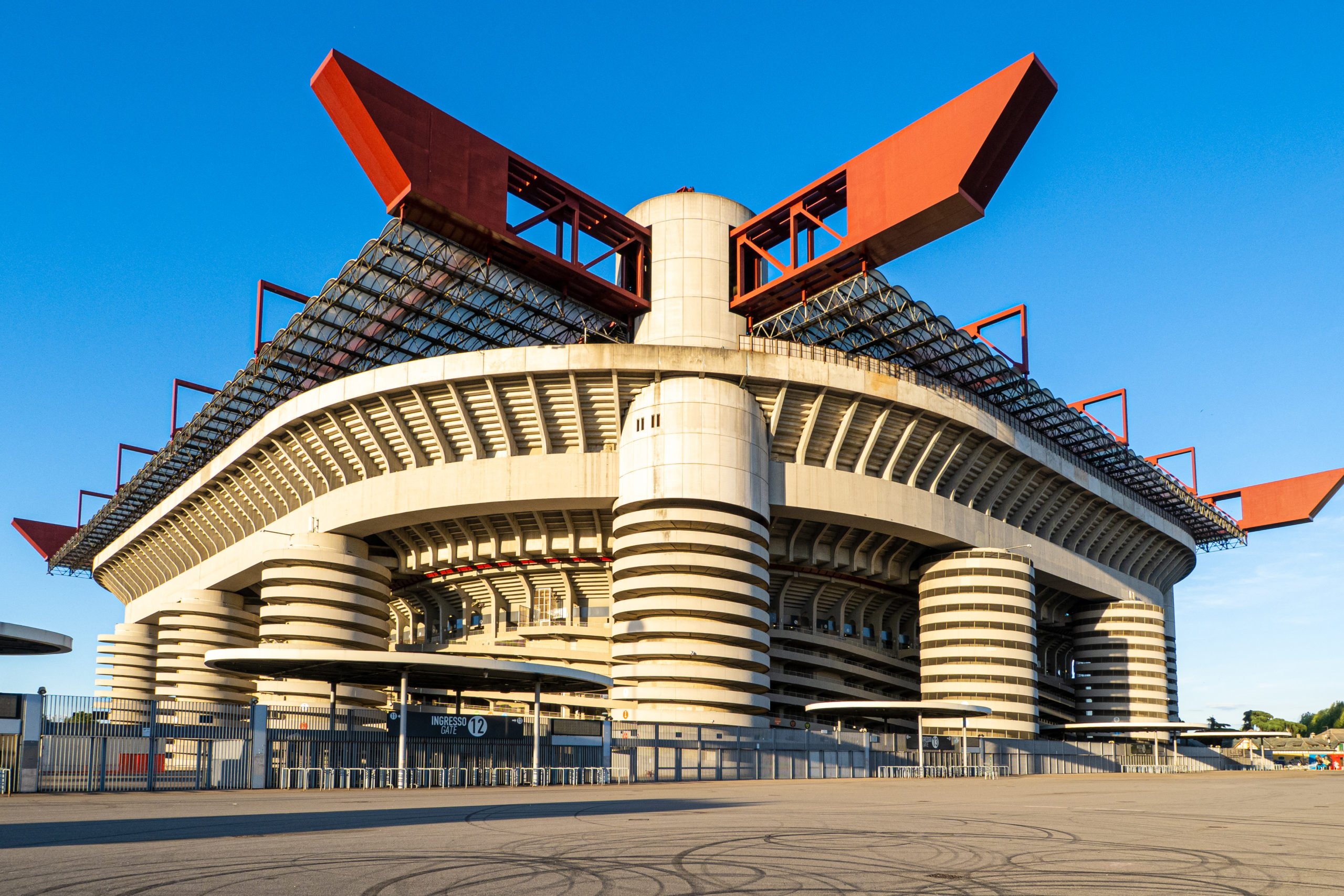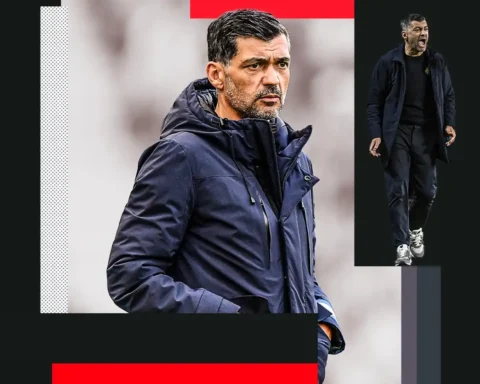Inter Milan and AC Milan have taken a significant step forward in their plans to build a new shared stadium in the San Siro area. The two clubs have officially submitted a manifestation of interest to the Milan City Council regarding the purchase of land near the current Giuseppe Meazza Stadium.
AC Milan President Paolo Scaroni confirmed the development, stating, “We have planned to send the manifestation of interest to the Milan City Council today. This is a further step, conducted together with Inter, to explore the possibility of building a new stadium in San Siro.”
It’s important to note that this expression of interest is non-binding, allowing both clubs the flexibility to reconsider their position in the future if necessary. The Milan City Council is expected to provide an appraisal of the land’s value, conducted by the Revenue Agency, by the end of the week.
The Milan City Council has also acknowledged receipt of the clubs’ interest. In an official statement, they confirmed: “Today we received a manifestation of interest from AC Milan and FC Internazionale Milano regarding the ‘G. Meazza’ stadium and the surrounding areas. This confirms the clubs’ willingness to proceed with the process outlined in City Council Resolution No. 28/2023, with a significant new element: the discussion now revolves around the acquisition of the stadium and surrounding areas, rather than surface rights, with the intention of constructing a new facility.”
The statement further added that operational meetings with the clubs will commence immediately. These discussions will start by sharing the Revenue Agency’s valuation and will outline the process for the clubs to present an updated feasibility document, including the economic framework of the operation.
This development marks a crucial phase in the long-standing debate over the future of San Siro and the two Milan clubs’ stadium plans. It suggests a potential shift towards a joint project that could see a new, modern stadium replace the iconic Giuseppe Meazza, while keeping the clubs in their traditional neighborhood.





